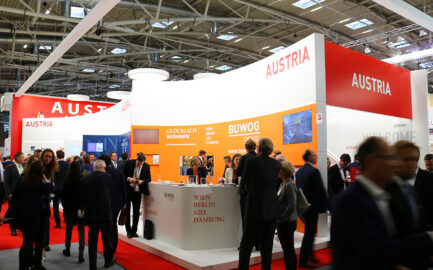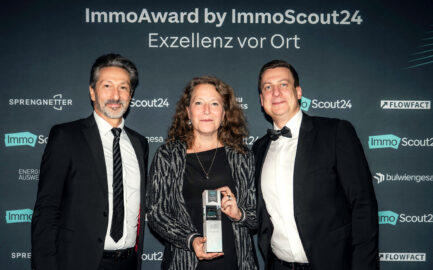LED lamps and luminaires are now the standard technology in modern households. The less popular energy-saving lamp is obsolete and halogen lamps, apart from certain special lamps, are no longer permitted for sale in the EU. The new energy label has also shaken up the class recommendation.
We are taking today, 16 May – also known as the International Day of Light – as an opportunity to shed light on the jungle of luminaires and to provide a few tips on environmentally friendly home lighting. Compared to classic Edison and halogen bulbs, LED products offer a service life that is 15 to 20 times longer and, calculated over their useful life, allow total cost savings of 80% to 90%. A bit more caution is required when selecting lamps, however. Because there are many various types of LED lamps available, care should be taken to select the desired brightness and colour.
Lamp brightness
Most consumers are accustomed to selecting the brightness of lamps based on the wattage from the incandescent lamp era. However, the electrical power in watts only indicates how much energy a lamp consumes and says nothing about how much light it produces. Different types of lamps can require very different amounts of energy for the same amount of light produced. The appropriate measure is therefore not the wattage, but the total amount of visible light emitted by the lamp. This so-called luminous flux (expressed in lumens) is now standard on lamp packaging. As a guide, the approximate brightness values of a 40W, 60W and 100W incandescent lamp, which correspond to 500, 800 and 1,500 lumens rounded off, can be memorised.
Colour temperature
For room lighting in the home, only warm white or neutral white light is normally considered. The former has a slightly yellowish hue, while neutral white has the effect of pure white without any tint. The light colour is indicated on lamp packaging as the colour temperature (in Kelvin, K). For living rooms and bedrooms, warm white light (2,700 Kelvin) is generally preferred. For work and kitchen areas, neutral white light is also possible. Cold white light is mainly used in business.
Lifespan
LED lamps lose brightness in the course of their use. This property is accounted for in the specifications of the product’s lifespan. The service life declared for a lamp model indicates the average period of use after which 50% of the lamps are still functioning and still emit at least 70% of the initial brightness. In the case of LEDs for the household sector, the declared service life usually varies in the range of 15,000 to 25,000 hours. By comparison, halogen lamps only last 2,000 hours.
The following should be noted when purchasing LEDs:
- Energy efficiency class (new label): A to D
- Energy efficiency class (old label): A++
- Light colour: 2,700 to 4,000 K [1]
- Lifespan: > 15,000 or > 20,000 hours [2]
- Colour rendering index (Ra): > 80 / > 90 [3]
[1] Areas of work: kitchen, office, etc.
[2] For extended, daily illumination
[3] Lighting for special objects (paintings, carpets, etc.)
If necessary, also pay attention to the dimmability of the lamp, which, like all other essential purchase criteria, is indicated on the lamp’s packaging. To be on the safe side with regard to product quality, it is always advisable to take a look at relevant product tests. Our top product lists contain a wide selection of particularly energy-efficient products.
Advantages of LEDs at a glance
Efficient LEDs are 8 to 10 times more energy efficient than light bulbs and 5 to 7 times more efficient than halogen lamps. Thus, replacing the old technologies with LED lamps enables energy and cost savings of as much as 90%.
Quality and efficient lighting products not only save on costs and energy, they are also environmentally friendly. LEDs have numerous advantages that make them ideal for use in households:
- very high efficiency
- long lifespan
- full brightness when turning on the lamp the first time
- good colour rendering
- good dimmability
- easy-to-control light colour










